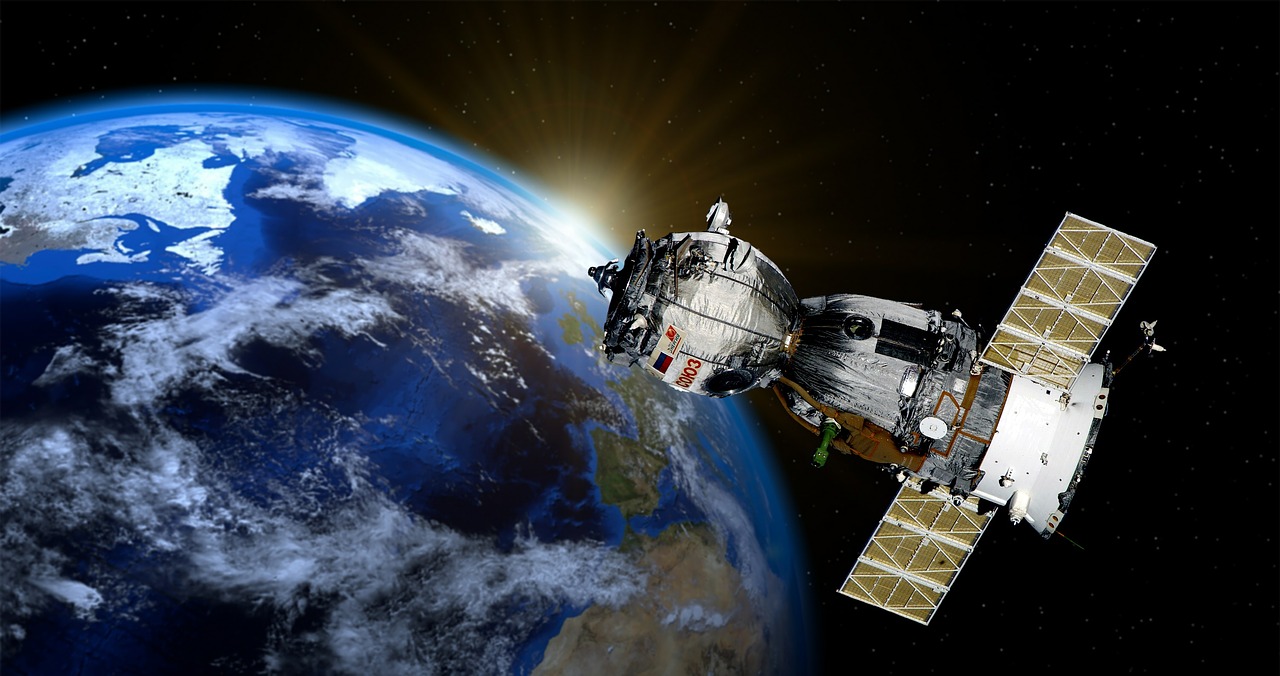Satellites

“Their sound has gone out to all the earth, and their words to the ends of the world.” [Romans 10:18]
The first living creature launched into space was a dog named Laika. On November 3, 1957, the Soviets flew Laika inside a pressurized chamber aboard the satellite, Sputnik 2. Since the launching of Sputnik 1, the first artificial satellite in 1957, thousands of these “manmade moons” have been fired into Earth’s orbit. There are currently about 200 satellites orbiting our planet, though there are thousands of unused satellites and other “space junk” circling Earth. There are a few space probes that are orbiting as satellites around the moon, Venus, Mars, Jupiter, Saturn, and the sun.
There are many different types of satellites, including military, observation, communication, navigation, weather, and research satellites. Even space stations are considered satellites since they also are objects placed into orbit by humans. Satellites do not orbit the Earth in the same way. Some are called low-Earth orbit, polar orbit, and geostationary orbit depending on their purpose. They are typically semi-independent, with computer-controlled systems that keep them on track, powered, and sending correct information to Earth.
Television uses two types of satellites for services, the fixed service satellite and the direct broadcast satellite. The first (FSS) is typically used for broadcast feeds to and from television networks with larger dishes; the second is the type (DBS) used for sending signals directly to small dishes (18-24 inches) at people’s homes. These satellites are locked in a geostationary orbit. They circle the Earth around the equator at a very specific altitude that allows them to complete one orbit in the same amount of time that it takes the Earth to rotate once. As a result, these satellites stay 22,200 miles above one fixed point on the Earth’s equator at all times.
Jesus said to His disciples, “Go therefore and make disciples of all the nations…” (Matthew 28:19). Christ also explained, “And this gospel of the kingdom will be preached in all the world as a witness to all the nations, and then the end will come” (Matthew 24:14). Could it be that one of the primary means of bringing the good news of salvation to the world is through the wonder of satellites? Without a doubt.





